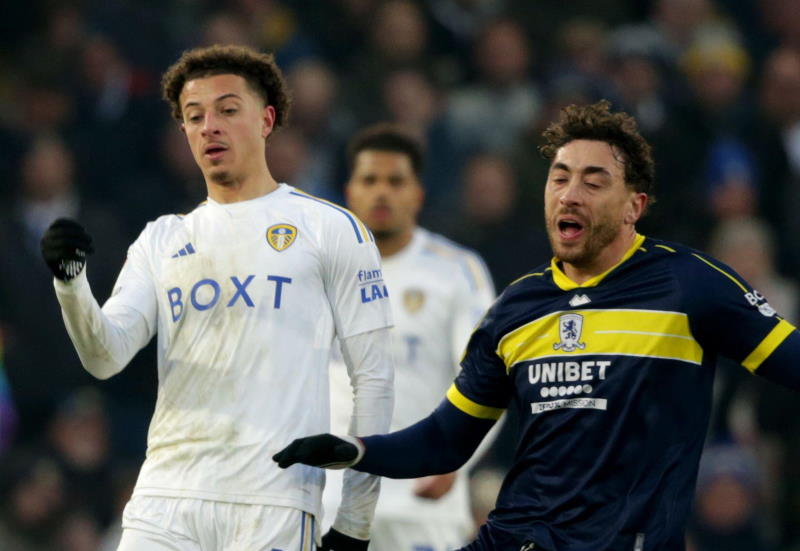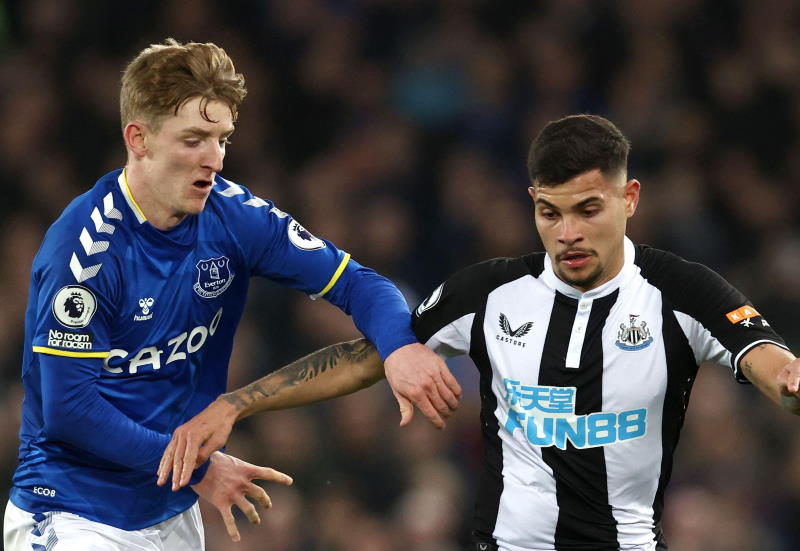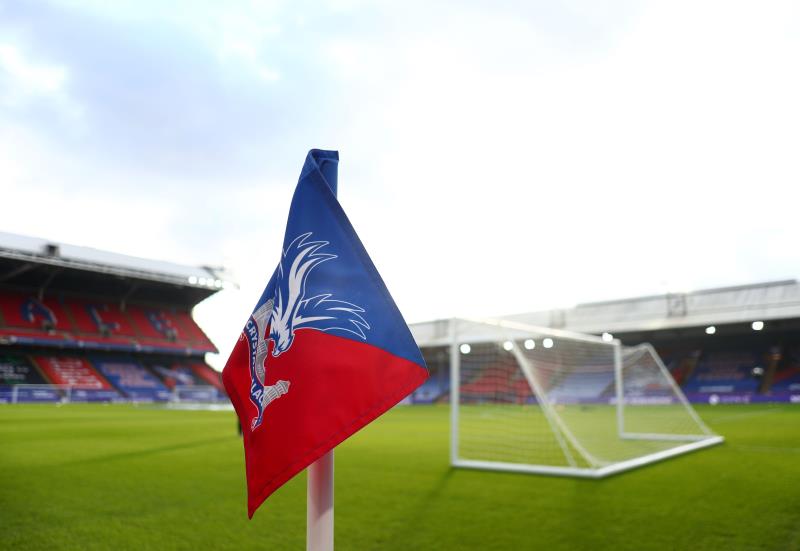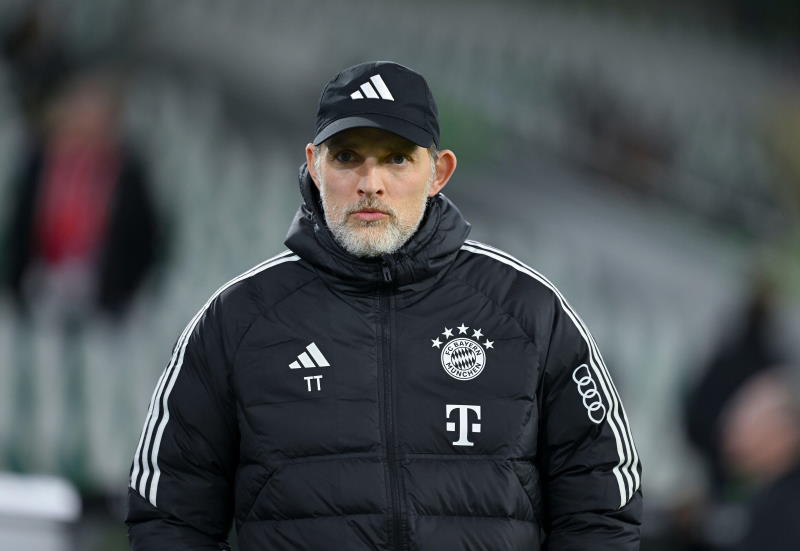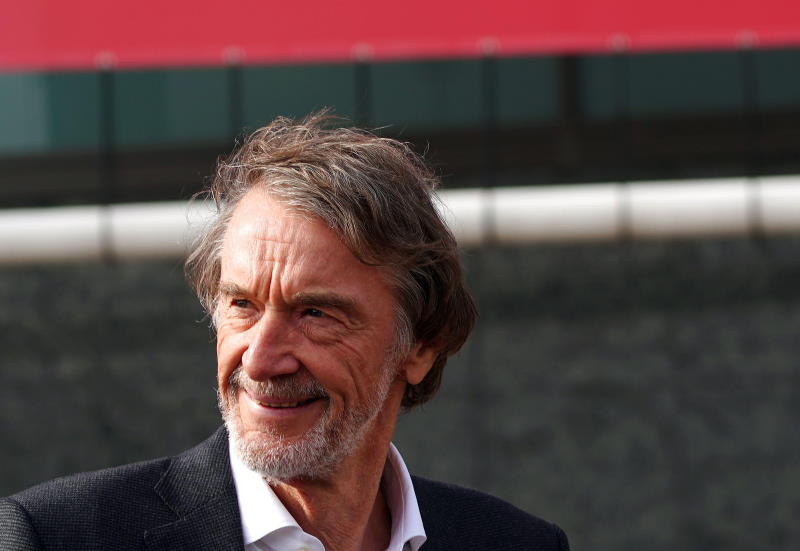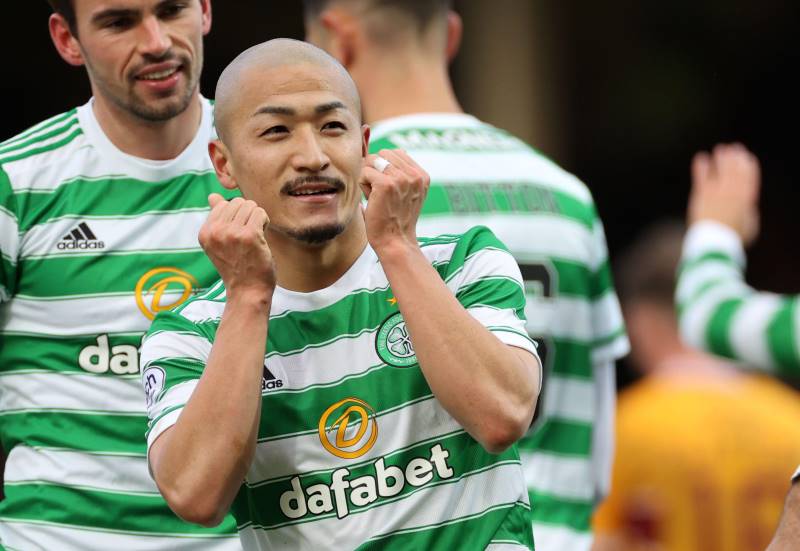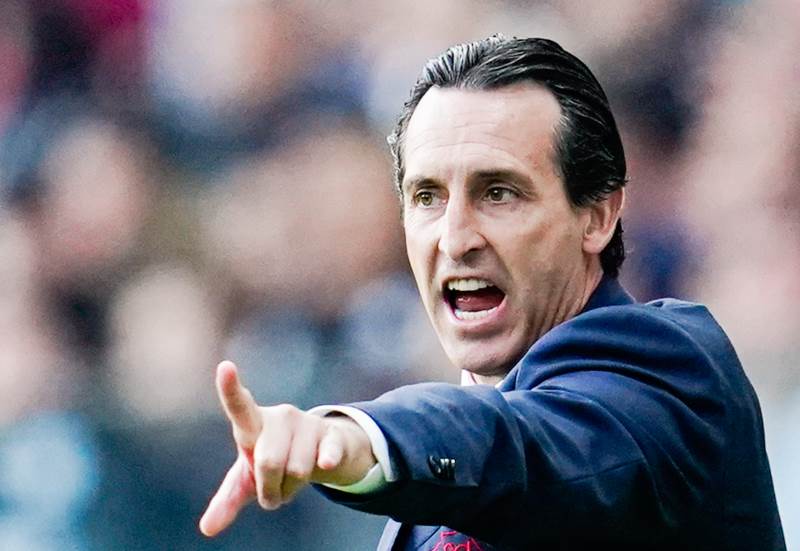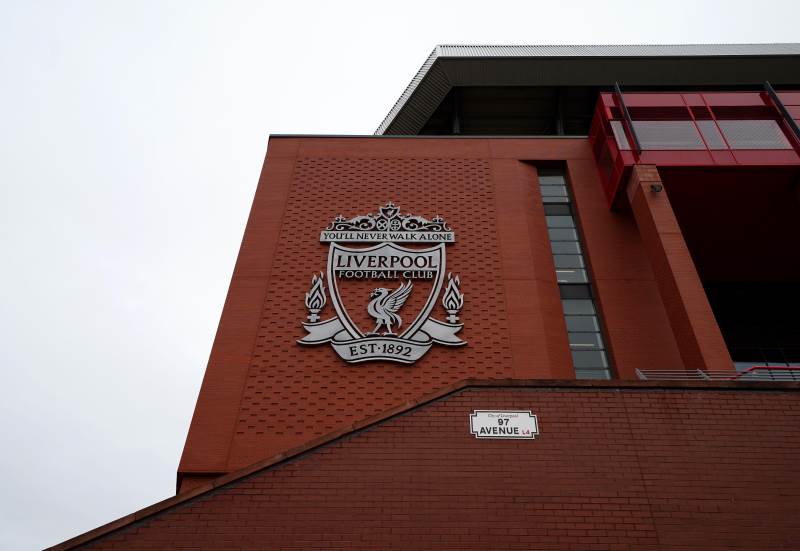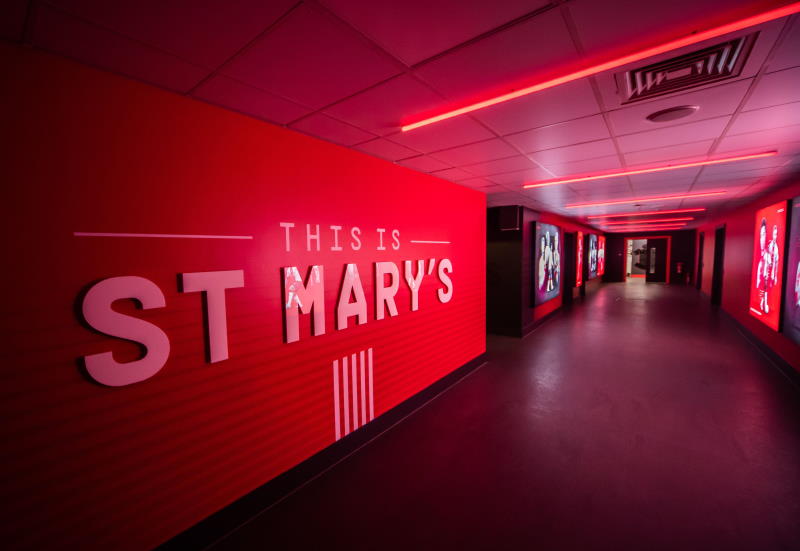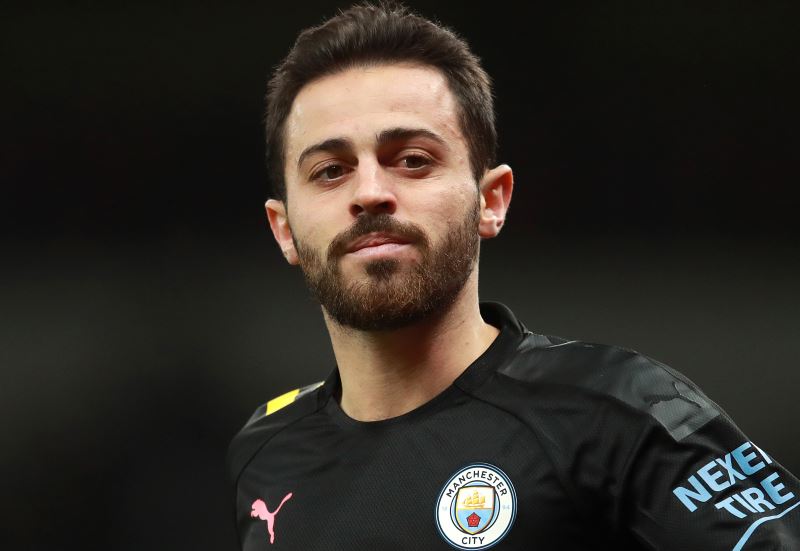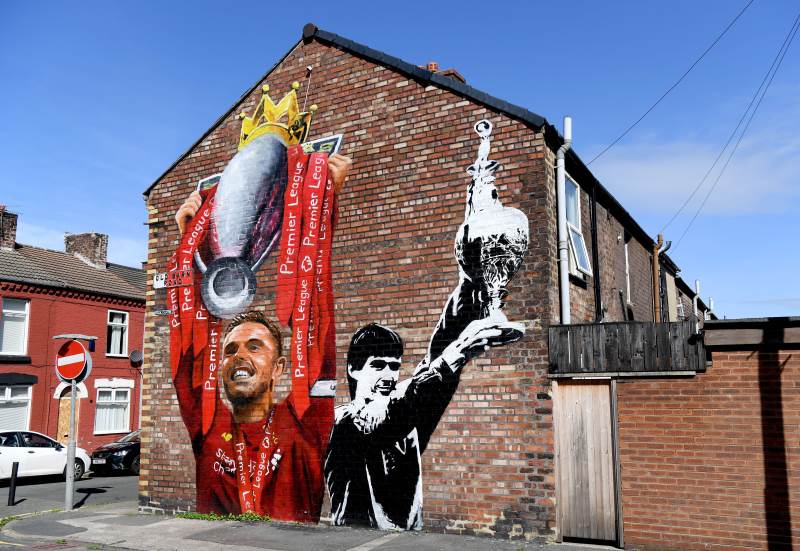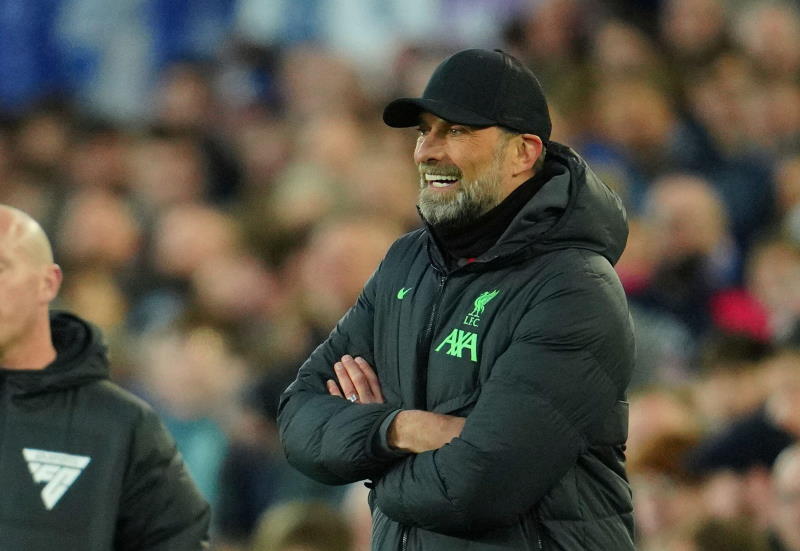
In a season so far defined by bolder small sides attacking with fervour and bigger clubs suffering internal ructions and loss of form, Aston Villa can be seen as a microcosm of the 2010/11 Premier League campaign: an exciting counter-attacking side brimming with young talent and seemingly on the verge of success, the departure of charismatic manager Martin O’Neill just five days before the league programme began has brought the club from Wembley and back to square one.
Having slipped behind Tottenham Hotspur and Manchester City in challenging the crumbling elite, this was always going to be a critical season for Villa. Though momentum was lost in the latter stages of the previous campaign, where unlucky defeats to Chelsea and Manchester United coincided with a stutter in form that saw the Villans once again limp to sixth in the final standings, the sucker-punch was the Ulsterman’s sudden departure with no time to rebuild. With few stellar candidates available, the faded glory of ex-Liverpool and Lyon boss Gerard Houllier rode to the rescue, aiming to revive the fortunes of both his managerial career and one of England’s proudest clubs.
Despite winning two consecutive league titles in France only three years ago, and with his record of winning three cups in a season and rejuvenating an ailing Liverpool, fan reaction was lukewarm to the Frenchman’s arrival, and the early reports have been equally inconclusive. Only three wins in ten league games and being five points from the relegation zone is poor, but considering the inconsistencies of most sides so far and how congested the table is, it is hardly a disaster, and there has been a remarkable injury list which at one point included all the club’s senior strikers, the most experienced defenders and the captain Stiliyan Petrov.
Houllier is reported to have fallen out with senior players such as Richard Dunne, Jon Carew and Stephen Ireland – whose performances have been so poor in replacing James Milner he is due to leave after only five months – but the Frenchman has blooded young players such as Ciaran Clark, Jonathan Hogg, Barry Bannan and the thus-far exceptional Marc Albrighton, with a success and readiness O’Neill never did, making what used to seem a narrow squad much more vibrant and competitive.
With Albrighton, the young players and positive performances against Manchester United and others in the plus column on one side, staring opposite are the various lows, chiefly a woeful away record for a team that used to thrive on the road, a defeat to Birmingham City in the League Cup and the Anfield debacle. Not only was the display in the 3-0 defeat to Houllier’s old club insipid and uninspired (Ireland’s bleating over little playing time was thrown back in his face after an anonymous attempt to fill suspended Ashley Young’s role as creative fulcrum) but the Frenchman’s emotional behaviour and attempts to reconnect with the Liverpool fans angered the travelling Villa faithful, who felt ignored in favour of the team he still supports.
Things snowballed when Houllier’s joke that "If I was going to lose 3-0 to anyone, it would be Liverpool" backfired, and the resulting furore saw the manager apologise, board members get involved and even some more extreme fans calling for the former Lyon coach to resign. A much-needed win against West Brom somewhat soothed the issue, but it is a stick that will be used to beat the manager whenever form deserts his side, and with an intimidating festive fixture list taking in Tottenham Hotspur, Manchester City and Chelsea, the argument could rear its ugly head in the near future.
So far the club’s run has been neither laudable or sackable form from both Aston Villa and Gerard Houllier, and this period of inconsistency yet relatively mild danger is to be expected of a decent side whose manager left just before the start of the season. The picture should become clearer in the coming months, when the Villa side will have a more settled look to it and Houllier has the chance to bring in some new signings. So far the recruitment of 37-year-old former Arsenal man Robert Pires has been a disaster, and any hints of numerous underachieving Francophone additions will be a most unwelcome extra problem. Top of the list will be a new striker to aid Emile Heskey, cover for Gabriel Agbonlahor if the 24-year-old suffers more injury problems and a replacement for the likely-to-depart Carew. Reinforcements at centre-back and a new creative player in exchange for the ineffectual and listless Ireland would go down well too, especially if they coincide with a march up the table of the like that accompanied the purchases of Carew and Young in O’Neill’s promising first season four years ago.
Indeed, that first year under the Ulsterman in 2006/07 could be repeated. That season a transitional Villa, reeling from a takeover and the maligned David O’Leary era, went on an 18-match winless run, but recovered to finish eleventh; whilst such a grim run of results now would be viewed with less patient eyes, a similarly upward trajectory in a knotted mid-table could secure European football for the fourth successive season at Villa Park, cleaning much of the bad blood between the dugout and the stands in the process.
Even in their current plight, eleventh is around the lower estimate of where Villa should end up come May, but anything less than sixth would technically be a regression from the past three years, which sums up the difficult position Houllier finds himself in: with less money and more competition he must emulate the successes of his predecessor, spend big to show strength, but promote the youth-team players O’Neill is accused of neglecting. Somewhere between Wembley and square one, Houllier now finds himself between a rock and a hard place at the wrong end of the league table, with few willing to help him out.

